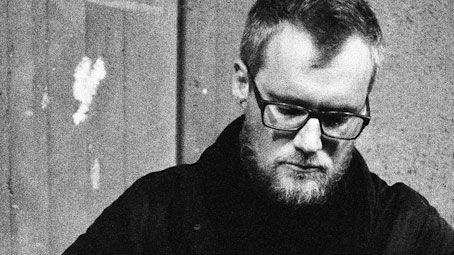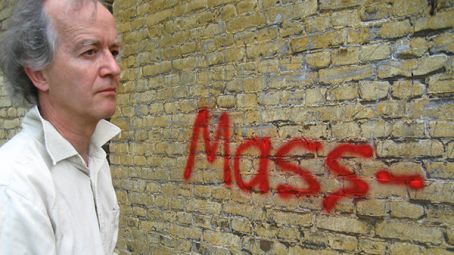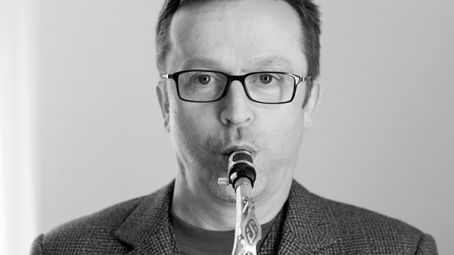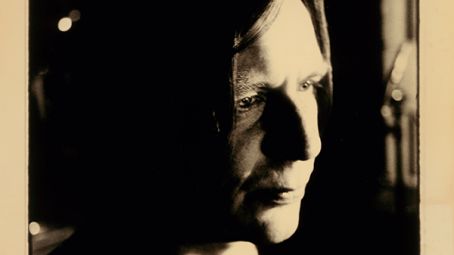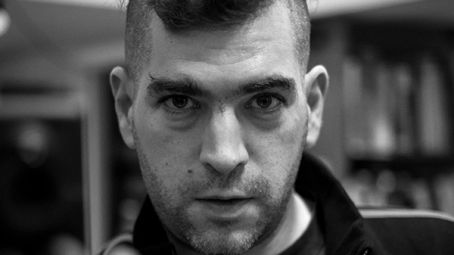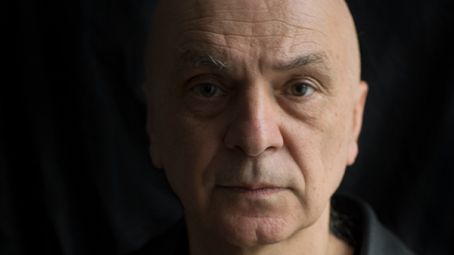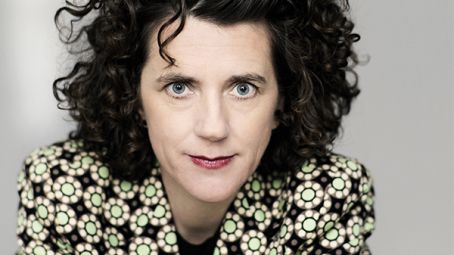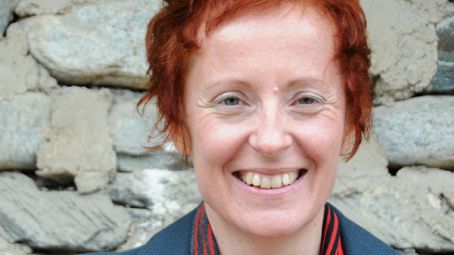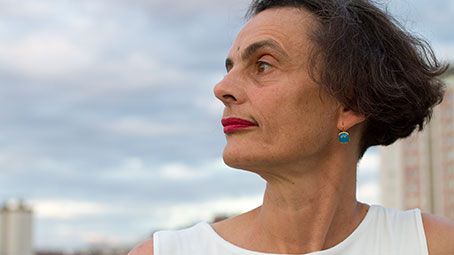In celebration of the 15th anniversary of its iconic landmark building, the Austrian Cultural Forum New York, in collaboration with Austria’s oldest contemporary music festival, ORF musikprotokoll im steirischen herbst, presents the sound exhibition Homages. Opening on April 19 with a free all-evening event featuring the Talea Ensemble performing works by influential contemporary Austrian and American composers, Homages will be on view for a limited time only, until April 24, 2017.
Curated by Christian Scheib and designed by Fränk Zimmer of musikprotokoll, Homages features 15 newly composed or arranged recorded pieces by contemporary Austrian musicians, each paying tribute to one particular pivotal artist whose work was influenced by New York. The 15 commissions are spread throughout the unique architectural structure of the Austrian Cultural Forum New York, inviting visitors to explore all public spaces of the building designed by Austrian architect Raimund Abraham in 1992 and completed in 2002. Aided by sensory receivers and LED light boxes, the sound pieces are installed to be experienced privately through audio devices and headphones. Curator Christian Scheib describes Homages as “a quiet display of fireworks” in a city always on full volume; “a kaleidoscope of references emerges, relating as much about the Austrian artists as the artists to whom the reference is dedicated.” Between each installation, soundscapes from NYC and Graz, Austria, will be audible, emphasizing the bridge between the two cities.
On the opening night, visitors have the rare opportunity to access the ACFNY’s private rooftop terrace, where the Talea Ensemble will perform a six-hour marathon concert. Symbolizing the heart of the Austrian Cultural Forum New York’s mission of continuous cultural exchange, the powerful program features works by the influential American composers John Zorn and Steve Reich as well as pieces by two of Austria’s living titans, Olga Neuwirth and Beat Furrer.
After its run at the ACFNY, the sound exhibition Homages travels to the Stadtwerke-Haus in Graz, Austria, as part of musikprotokoll, organized in collaboration with contemporary art festival steirischer herbst. At musikprotokoll it will be part of yet another jubilee: as Austria’s oldest festival for contemporary music, musikprotokoll celebrates its 50th edition with a dozen danceable world premieres in addition to other concerts on the festival program. musikprotokoll takes place from October 4 to 8, 2017, Homages can be experienced at Stadtwerke-Haus from September 24 to October 8, 2017.
Information in German:
musikprotokoll.orf.at/homages



